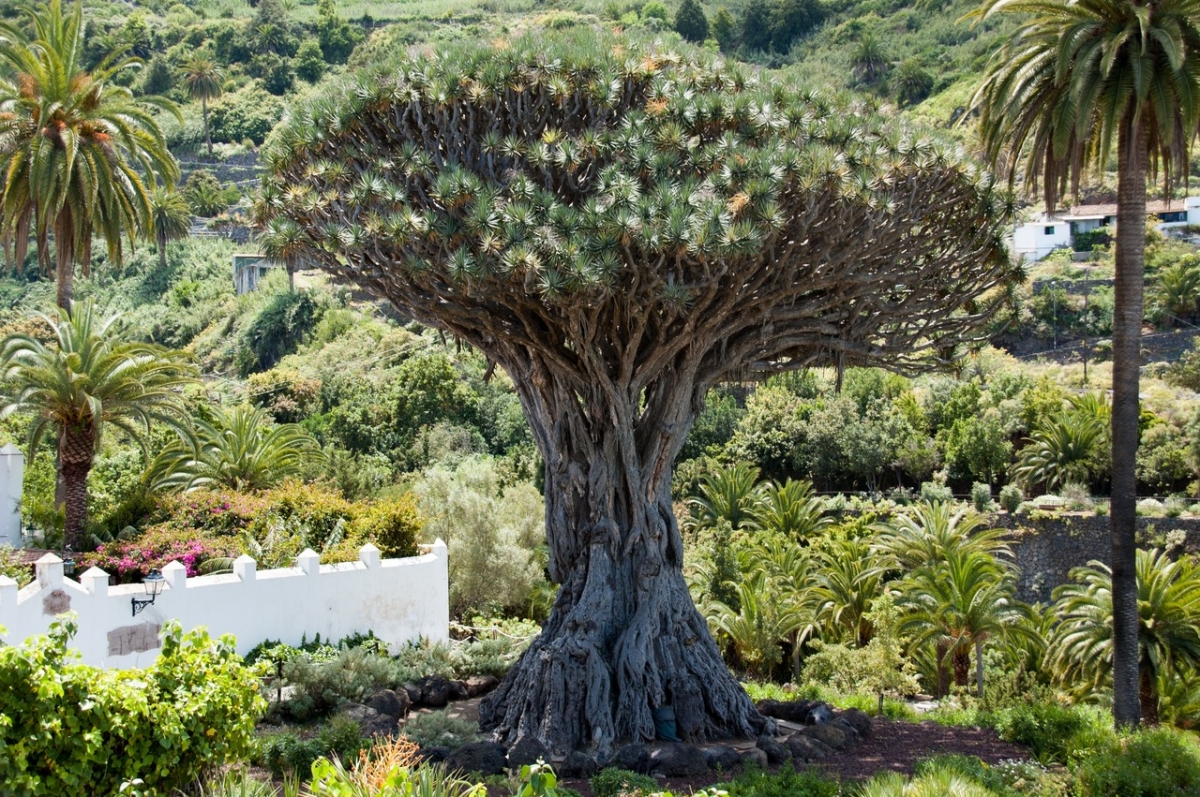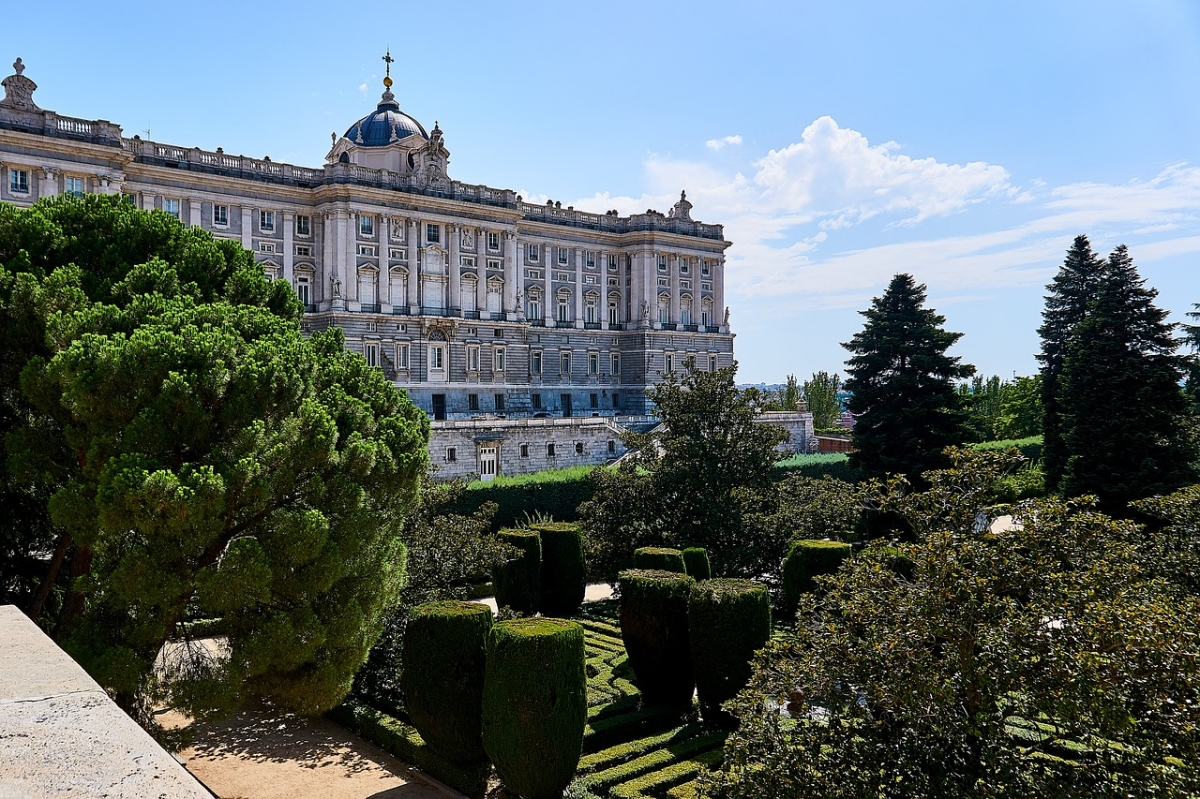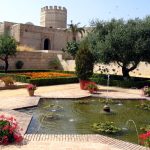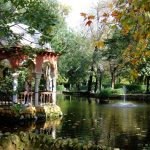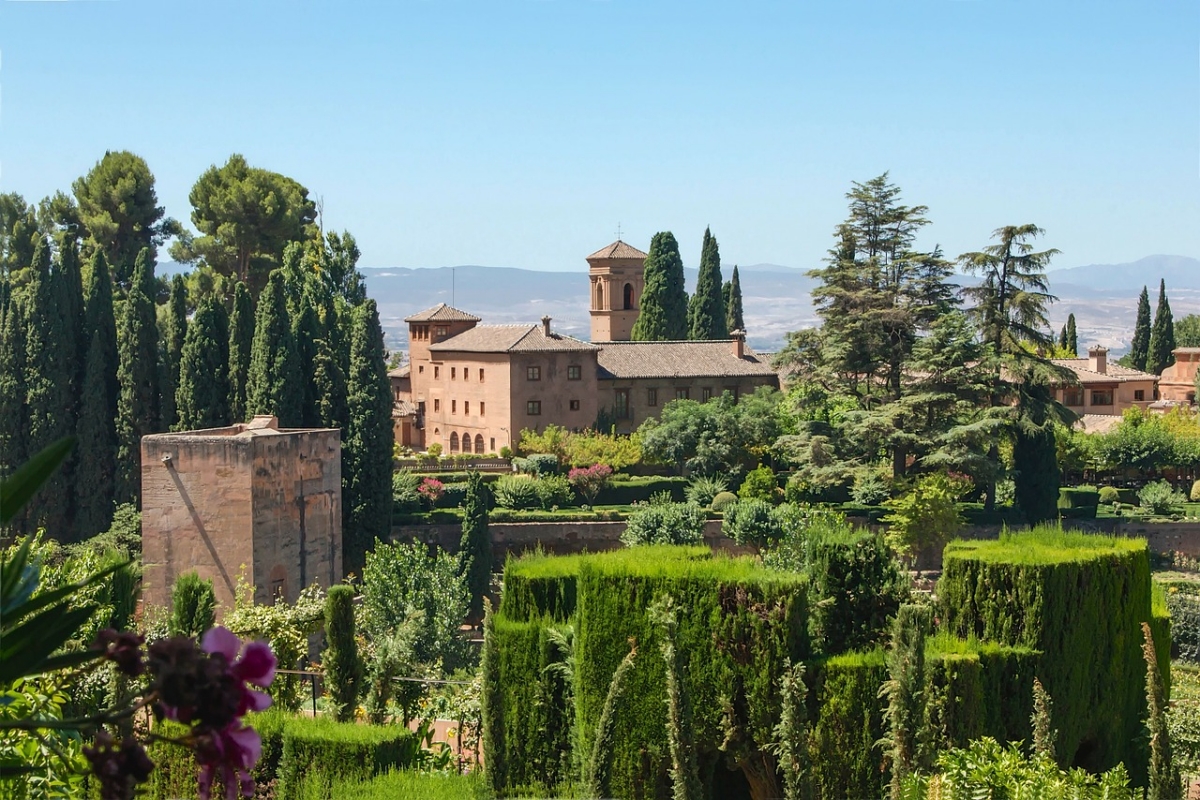
If you have come this far wondering what a pure Spanish garden looks like, you should know that, unlike the Japanese garden, which, having been created within a culture that remained isolated for a long time, has hardly undergone any changes over the years. years, This is a garden in which it has always been influenced by different cultures, customs and traditions from various parts of the world..
For this reason, when talking about the Spanish garden we have to do it about a garden that has kept the best that people from all over the Mediterranean have contributed.
History of the Spanish garden
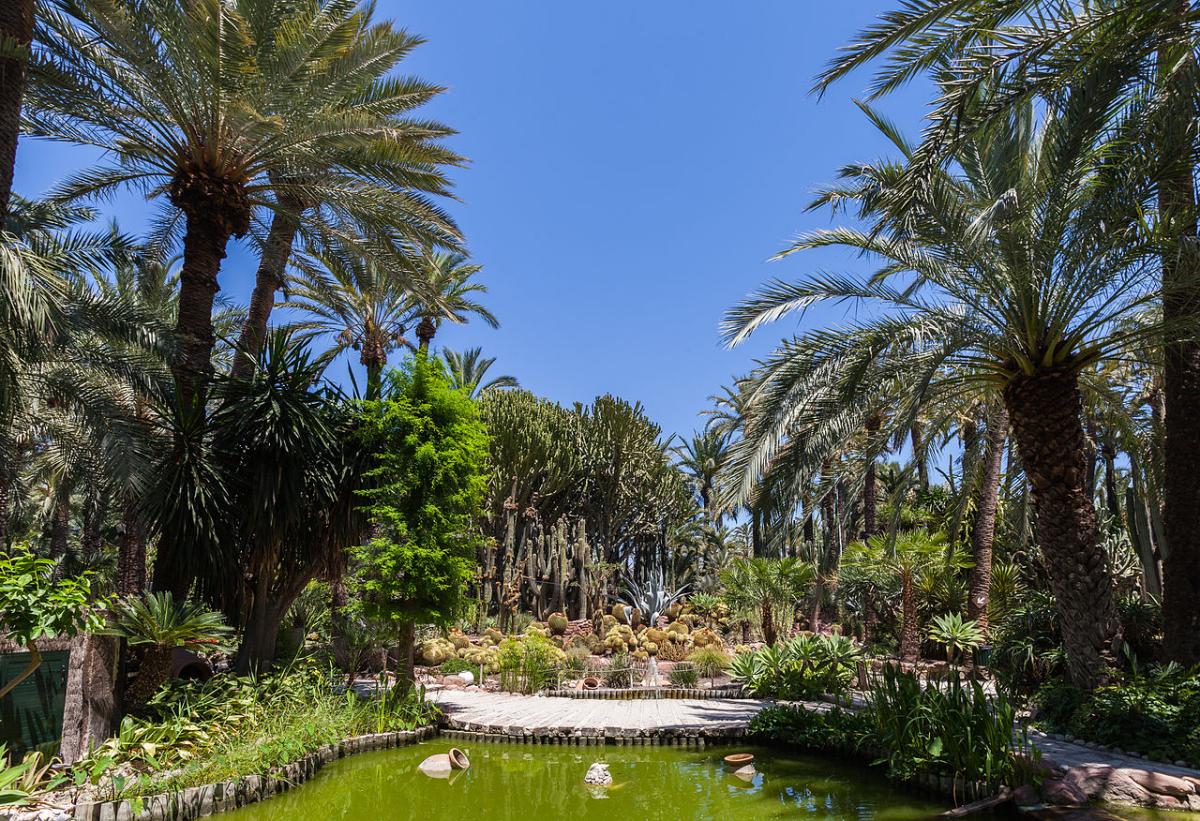
Image - Wikimedia / Little by little
Spain has been the home of Muslims, Persians, French, and Romans. He has lived many conquests, also some wars. The invasions brought customs, different ways of doing things. And that is not to mention that throughout the territory there are climates and microclimates that vary a lot: for example, in southern Andalusia they have summers with temperatures that border and even exceed 40ºC maximum during the summer, while in the north there are points where it is difficult for them to exceed 25ºC.
The availability of water is also something that has always been thought about a lot, not in vain, plants need water to live, and gardens need them to exist. Thus, irrigation systems were perfected in order to make the most of it, and plants that really adapt well to different areas were grown.
Thus, in the orchards throughout the south and southeast of the Iberian Peninsula, as well as in those of the Balearic Islands, date palms, almond trees, olive and wild olive trees, laurel, strawberry tree and pomegranate, among others; plants that bear well the heat and drought typical of the Mediterranean. Instead, in the north, as it rains more and the climate is cooler, chestnut, cherry, currant or plum trees abound, among others.
The Canary Islands are a special case. Being much closer to the equator, they enjoy a warmer and more stable climate. In fact, at low altitudes the climate is so mild that there are many tropical plants that can be grown. We speak of course about the banana trees, but also about others such as the coconut palm, mango, papaya or avocado. For this reason, the Canarian garden is a little different from the one we can find anywhere on the peninsula or the Balearic Islands.
In addition, the typical Spanish garden is behind the walls that delimit a plot. In the past it was only enjoyed by feudal lords, kings and, ultimately, people who ruled the towns; today they are designed so that the owner - who can be anyone - and their loved ones use it as they see fit.
A clear example of this are the Gardens of the Alhambra, in Granada. Designed by the Nasrid, who lived there between 1212 and 1492, these spaces are full of elements that show that they had more than enough knowledge to take advantage not only of the land, but also of the water, as is the case of the Comares patio. or the Acequia.
What are the characteristics of Spanish gardens?
As it is a garden that has been influenced by many cultures, and which in turn is greatly influenced by the climate and the availability of water in the area, it is sometimes difficult to identify it. But there are certain details that can make us think that we are visiting one:
- Water is the decorative and functional element that is most present. The Spanish climate is, with few exceptions, dry, so there is no lack of fountains, ponds and / or ditches. Even in the typically Mediterranean gardens, which can go months without receiving a single drop of water, there are cisterns and / or wells in which the water is stored.
- Is in a closed space: either by walls or walls. This is something that Muslims did, who believe that a garden should be a private space, with high walls and columns.
- In the south and southeast, we will find gardens with mainly citrus (orange, lemon, mandarin trees, etc.), rainfed trees (such as olive, fig, holm oak or pomegranate), date palms, and aromatic ones such as lavender or the rosemary.
- In the center and north, where the climate is cooler and it usually rains more, walnut trees, chestnut trees, persimmons, cherry or plum trees abound. Likewise, it is striking that in these areas the trees in the gardens are almost always deciduous, except for some that are conifers, such as fir or cypress, both of which are widely used as tall hedges.
- Usually, geometric shapes are well distinguished: there can be straight paths, and the hedges usually have very well defined shapes. This was brought to us by the French, who were lovers of order and perfection.
- There may be influences from two or more cultures in the same garden. For example: we can have a labyrinth made with bushes that leads us to a beautiful straight path in which there are, on both sides, channels that lead the water to a well.
- A Spanish garden is a garden that stimulates the senses and is also designed to relax. For example, areas surrounded by aromatic flowers and protected by trees that provide shade are common. There is usually no lack of a garden, or at least edible plants that share land with other ornamentals.
- Use of tiles and / or ceramics. This is done to beautify areas of special interest.
Most popular Spanish gardens
If you want to know which are the most popular and important in the country, note:
- Image - Wikimedia / Superchilum
- Image - Wikimedia / Dodo
- Image - Wikimedia / AdriPozuelo
- Palm grove of Elche (Alicante)
- Alcazar of Jerez de la Frontera (Cádiz)
- Gardens of the Alhambra and the Generalife (Granada)
- Image - Wikimedia / Zarateman
- Image - Flickr / Jose Ramirez
- Royal Palace of La Granja de San Ildefonso (Segovia)
- Maria Luisa Park (Seville)
- Park Güell (Barcelona)
What will the Spanish garden of the future be like?
The truth, I am convinced that it will continue to merge with other cultures. This is something he has been doing forever, but it has been seen more since the XNUMXth century, when people began to travel more and modernize. Thanks to the importation of exotic plants, the whole of Spain is seeing an increasingly wide variety of plants.
And that is not to say that the needs of today are not the same as those of yesteryear. Now, It is of interest that a garden is public, and that it is also close to / and in the cities, which is where most of the population lives. But even so, there will always be some element more typical of the "old" Spanish garden than the "modern" one. And there are things that, no matter how time passes, will continue to be useful: such as fountains or ponds.
And you do you think?
